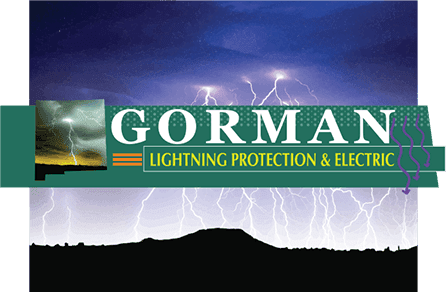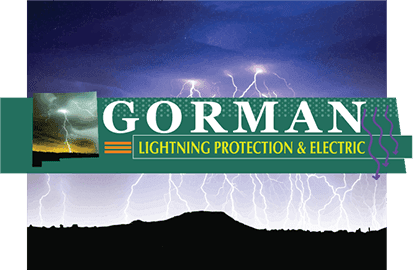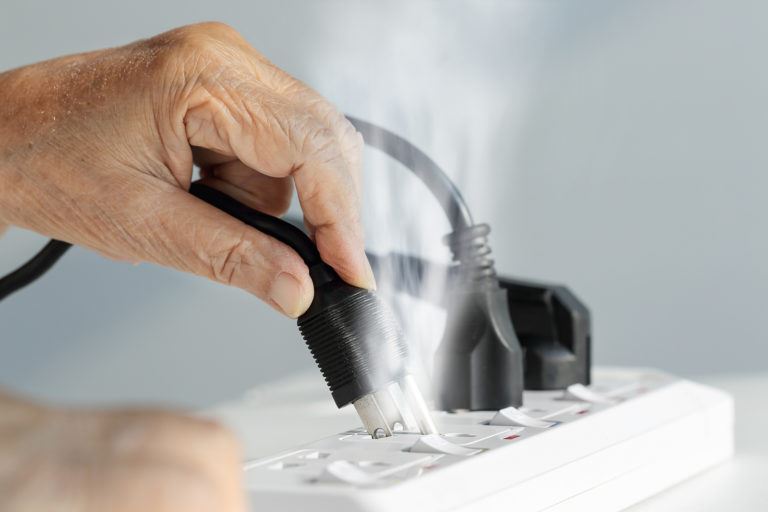Everyone knows that mixing water with electricity can be very dangerous. Likely the most severe problem with flooding is dealing with the possibility of the water coming into contact with electricity.
There are times when there can be water in an electrical outlet around your home, which can be caused by anything from flooding to spilling a drink nearby an outlet. Because of how dangerous it can be when electricity meets water, it’s important that you fully understand what happens when water gets into an electrical outlet and what to do when it does.
What Happens When Water Gets Into an Electrical Outlet?
When water gets into an electrical outlet, you are automatically going to be in some amount of danger until the water has been properly removed. Water can act as a conductor of electricity.
In the event that you ever touch one of these outlets when there’s water inside it, it’s likely that you will suffer from an electric shock, which can be severe. The most common injury associated with an electric shock is a burn. It’s also common for people to experience some amount of pain when exposed to electrical energy.
If the electric shock is large enough, it’s possible for even death to occur. However, the majority of shocks that happen via an electrical outlet are low-voltage shocks, which are relatively harmless.
While touching an outlet can be painful, the more problematic issue that can take place involves plugging something into the outlet when there’s water inside of it. If you attempt to place a plug into the outlet, you might cause a short circuit. Along with potentially melting wires and causing power to go out or an electrical outlet to overload, a short circuit can also lead to the development of an electrical fire. These fires can do extensive damage to your home if they’re not caught immediately, which is why you’ll want to take immediate action when you notice water in an electrical outlet.
Causes of Water Getting In Electrical Outlets
Since water in an electrical outlet can be relatively dangerous, you’ll want to know exactly when this has occurred so that you can dry the outlet and avoid any issues. There are many reasons why water can get into the home and seep into an electrical outlet. You should make sure to check any outlets nearby windows and in the lower areas of your home after a large thunderstorm. Even a small amount of flooding can cause water to come into contact with one or more of the electrical outlets around your home.
A leak in your roof can also cause water to pool in certain areas of the home. While these leaks will mainly affect your roofing, it’s possible for the leak to be severe enough that the water gets into other areas of your home.
There is also a range of things that you can do that might accidentally get water into an electrical outlet, the majority of which can occur in the bathroom or kitchen areas. If you’re cooking in the kitchen with liquids that splatter, it’s possible for some of these liquids to get into an electrical outlet. The same is true in a bathroom when you’re washing your hands or have just gotten out of the shower.
Any small splash can cause water to get into an electrical outlet. You should also check nearby electrical outlets in any situation where you accidentally spill a drink. If you had a full glass or cup or water, it’s not difficult to imagine some of that water getting into an outlet. Thankfully, this issue is the easiest to identify.
What to Do When the Electrical Outlet Gets Wet
Once an electrical current in your home has become wet for some reason, you should work on getting the outlet dried as quickly as possible. However, you’re going to want to avoid getting shocked, which is why you don’t want to make an attempt at drying the outlet without knowing exactly what to do. When getting water out of an outlet, there are three steps that you need to take, the first of which involves turning off the GFCI outlet.
1. Turn Off the GFCI Outlet
If your outlet is functioning properly, the GFCI component should automatically turn itself off when water gets into it. However, this doesn’t always happen like it’s supposed to. The GFCI portion of an electrical outlet is meant to shut off the electric power to the outlet in the event that an electrical balance is detected or the connection has been interrupted.
When water gets into an outlet, the electrical connection to the outlet should be interrupted. Since this isn’t always the case, it’s possible to manually shut down the GFCI outlet by pressing the test and reset buttons at the same time, which is very easy to do. These buttons are located directly on the outlet.
You might also want to think about using a digital voltage meter to detect if the GFCI outlet has been shut down correctly. If you notice that there’s a large amount of water in the outlet, you might want to seek assistance from a professional electrician before going forward with the rest of these steps.
2. Turn Off the Breaker Box
If more than one of your outlets is wet, the next thing you should do before drying the electrical outlet is to turn off the breaker box entirely. Even if your GFCI outlets have been shut down properly, you should still think about turning off the breaker box completely to make it easier for you to dry the outlets without worrying about an electric shock.
If the breakers in the box are properly labeled, all you need to do is switch off the individual breakers that lead to the affected outlets. If the breakers aren’t labeled, you could turn all of them off or do so one by one until you find the appropriate breakers. (If they aren’t properly labeled, it’s highly recommended that you work on labeling them so that you don’t have to go through this extensive process in the future.)
If you aren’t exactly certain that the right breaker has been shut down, you need to forego drying the circuits yourself, which means that you should call a professional instead. Don’t touch or use the outlet until they arrive and tend to the issue.
3. Try to Dry the Outlet
Now that you’ve arrived at the final step of this process, it’s essential that you understand how important it is to not directly touch an outlet that’s still wet. Doing so can shock you, which won’t be pleasant.
If the water damage is minor enough, it’s possible that it will dry overnight. You could also take a blow dryer to the outlet in order to expedite the drying process. If there’s an ample amount of water within the outlet and you’re finding it difficult to dry it properly, an electrician should be called to either fix the outlet or replace it altogether.
With these guidelines in mind, you should be perfectly safe while you get rid of the water in your electrical outlet. If you have any questions, always remember safety first and contact the professionals.


